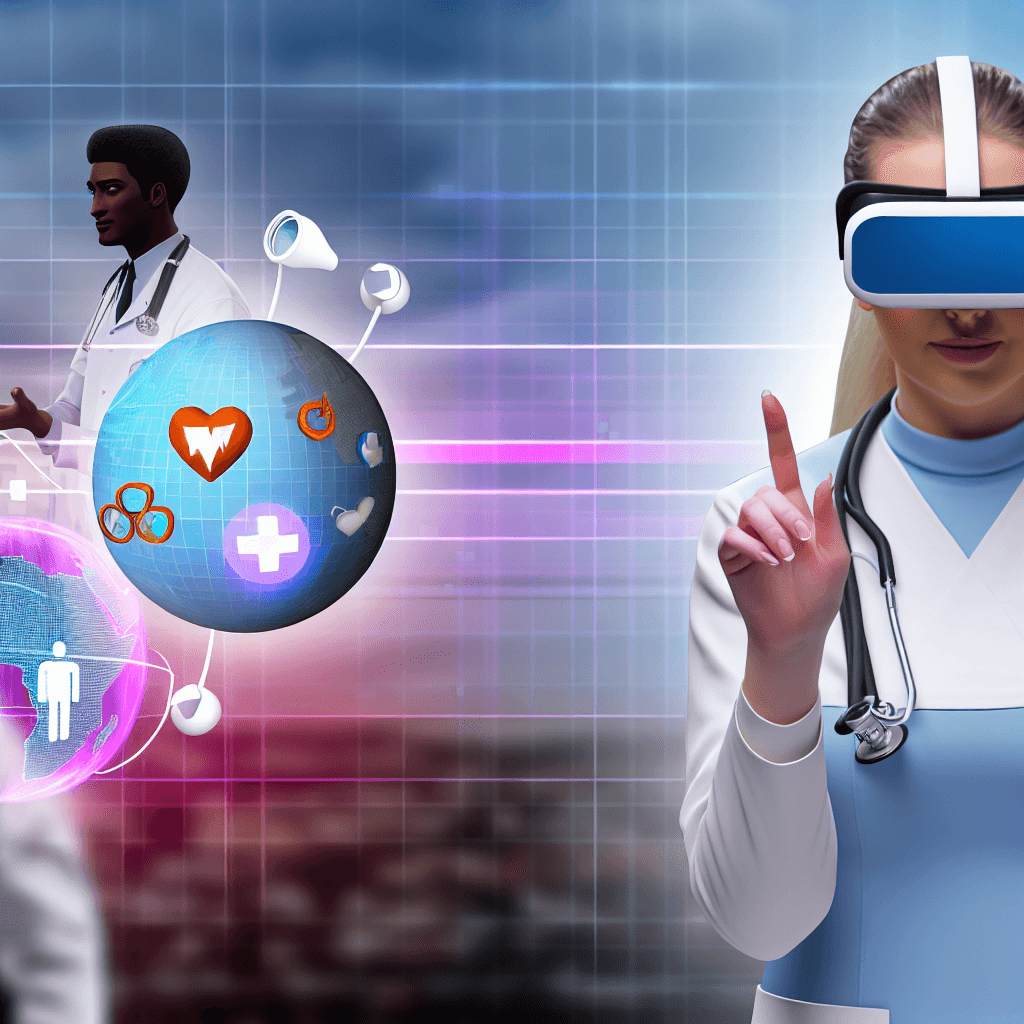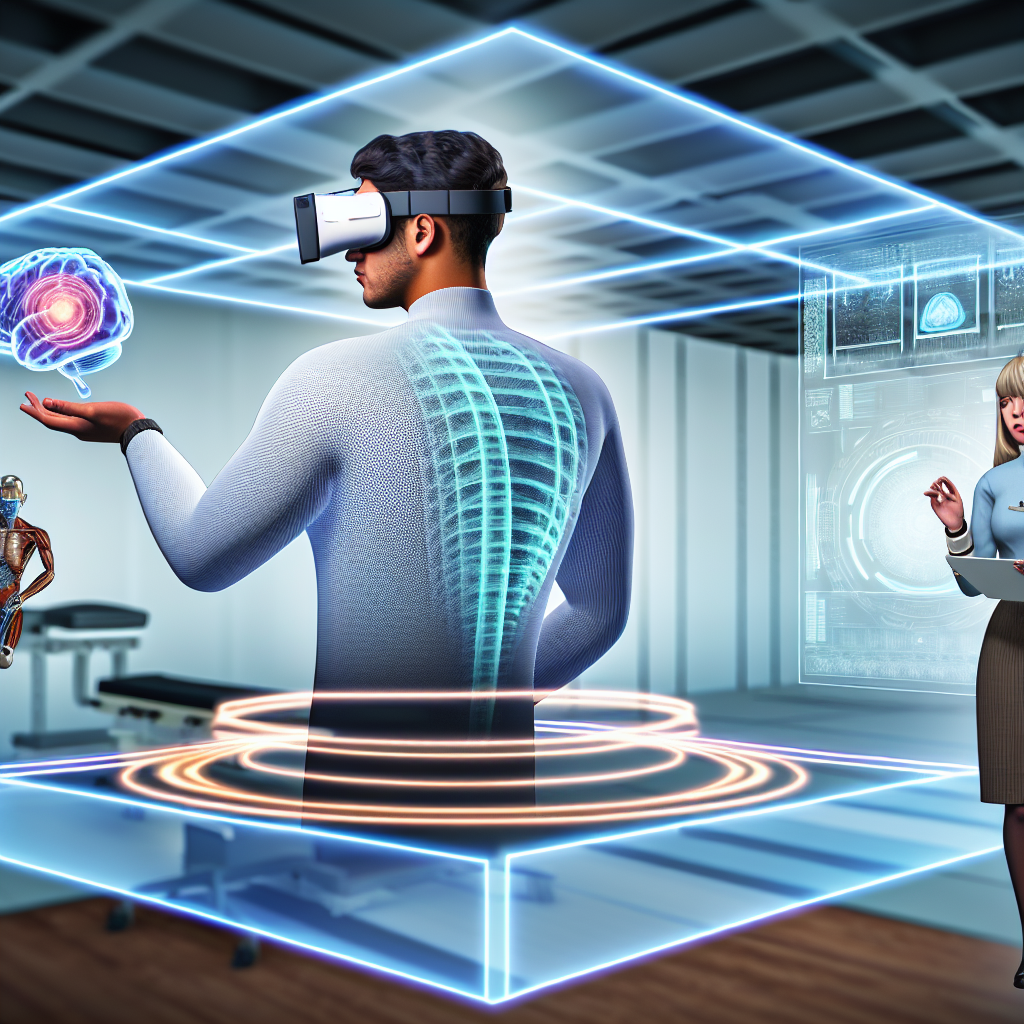Explore the expanding role of virtual reality in enhancing medical and healthcare services, driving innovation and improving patient outcomes.
Virtual Reality in Medicine and Healthcare Market

Table of Contents
Exploring the Impact of Virtual Reality in Medicine and Healthcare

The integration of virtual reality (VR) technology into the field of medicine and healthcare is revolutionizing how medical professionals train, diagnose, and treat various conditions. This article delves into the various applications of VR in healthcare, supported by case studies, statistics, and expert insights, to provide a comprehensive understanding of this technological advancement.
The Role of VR in Medical Training and Education
Virtual reality has significantly transformed medical education and training, offering a hands-on learning experience without the risks associated with real-life procedures. By simulating complex medical scenarios, VR allows healthcare professionals to practice and hone their skills in a safe and controlled environment.
- Enhanced Surgical Training: VR simulations enable surgeons to practice procedures, allowing them to improve their precision and reduce operation times significantly.
- Emergency Response Training: Emergency medical personnel use VR to simulate critical situations that require quick and accurate responses, thus improving their readiness and effectiveness in real-life scenarios.
A notable example is the use of VR simulation by Johns Hopkins University for training surgeons. The program has shown to enhance the learning curve and reduce the error rate in actual surgeries.
VR in Patient Treatment and Rehabilitation
Virtual reality is not only a tool for medical professionals but also a medium to enhance patient care and rehabilitation processes. Its immersive nature helps in several therapeutic areas, including pain management, physical therapy, and mental health treatment.
- Pain Management: VR has been used to manage pain for burn victims during wound care and dressing changes by diverting their attention and reducing their perception of pain.
- Physical Rehabilitation: VR programs assist patients in performing physical therapy exercises for recovery from strokes and injuries, making the rehabilitation process more engaging and measurable.
- Mental Health Treatments: Therapeutic VR environments are used to treat conditions like PTSD, anxiety disorders, and phobias by exposing patients to controlled environments where they can face their fears under supervision.
For instance, Cedars-Sinai Medical Center utilizes VR-based therapy to provide pain relief for hospitalized patients, significantly reducing their overall pain scores.
Improving Diagnosis with Virtual Reality
Virtual reality technology also plays a crucial role in enhancing diagnostic procedures. By creating detailed 3D models of a patient’s body parts, VR helps doctors to analyze and diagnose health conditions more accurately and efficiently.
- Advanced Imaging: VR can transform 2D images from MRIs and CT scans into 3D models, helping physicians to better understand complex structures and plan surgeries more effectively.
- Remote Diagnostics: With VR, specialists can perform remote diagnostics by examining patients in a virtual environment, thus expanding access to expert healthcare services globally.
A case in point is the use of VR by cardiologists to explore the heart in three dimensions, which has improved the accuracy of diagnoses and treatment plans for cardiac patients.
Challenges and Future Prospects
Despite its numerous benefits, the adoption of VR in healthcare faces several challenges. These include high costs of VR equipment, the need for extensive training to use VR tools effectively, and concerns about data privacy and cybersecurity. However, ongoing advancements in technology and increasing investments in healthcare IT are likely to overcome these hurdles.
- Technological Advancements: Continuous improvements in VR hardware and software are making the technology more accessible and affordable.
- Increased Investment: The growing interest in digital health solutions is driving more investments into VR applications in healthcare.
- Policy and Regulation: Developing clear policies and regulations to address privacy concerns and standardize the use of VR in medical practice will be crucial for its broader adoption.
Experts predict that the global market for VR in healthcare will continue to grow, driven by its potential to enhance medical training, patient care, and diagnostic processes.
Conclusion
The integration of virtual reality into medicine and healthcare is proving to be a game-changer. From transforming medical education to enhancing patient treatment and improving diagnostic accuracy, the benefits of VR are vast. While challenges remain, the future of VR in healthcare looks promising with continuous technological advancements and increasing global investment. As this innovative technology continues to evolve, it holds the potential to significantly improve both the quality and accessibility of healthcare worldwide.
In conclusion, as we continue to witness the expansion of VR applications in healthcare, it is clear that this technology not only supports medical professionals but also offers significant benefits to patients, making it a valuable addition to modern medicine.








